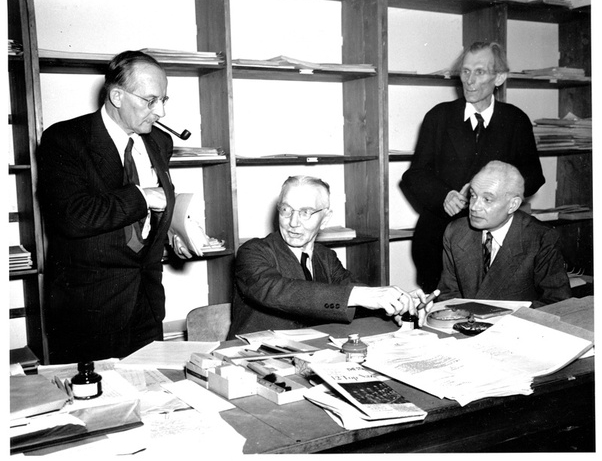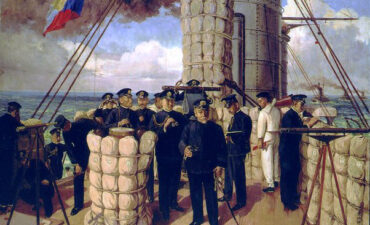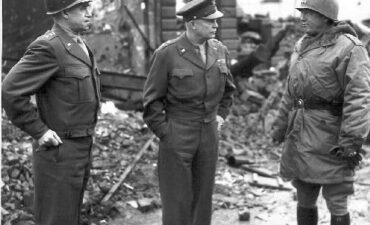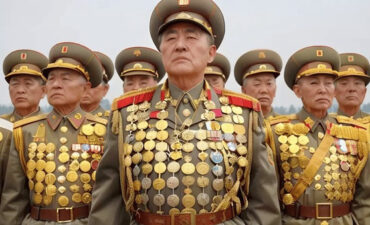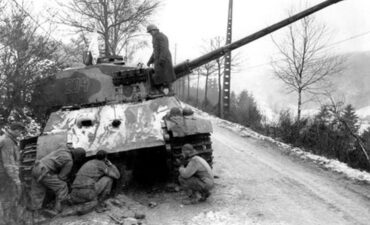How did Hitler put Germany out of inflation? Adolf Hitler and the Nazi regime implemented a series of economic policies and reforms that addressed the hyperinflation and economic instability Germany faced in the early 1930s. Here are some key strategies they used to stabilize the economy:
Reichsmark and Monetary Reform:
By 1924, the Weimar Republic had already introduced the Rentenmark to stabilize the currency and curb hyperinflation. When the Nazis came to power in 1933, they retained the Reichsmark, which had replaced the Rentenmark, and continued efforts to maintain its stability.
Public Works Programs:
The Nazis launched large-scale public works projects, including the construction of autobahns (highways), public buildings, and other infrastructure projects. These initiatives aimed to reduce unemployment and stimulate economic activity.
Military Rearmament:
A significant portion of the Nazi economic policy was directed toward rearmament. Massive investment in the military-industrial complex created jobs and drove technological advancements, leading to increased employment and production.
Government Control and Regulation:
The Nazi regime exercised extensive control over the economy. They implemented price controls, wage controls, and restrictions on imports and exports. The government also negotiated with industrialists and labor leaders to ensure cooperation in achieving economic goals.
Autarky and Self-Sufficiency:
Hitler aimed to make Germany economically self-sufficient (autarky). Policies were enacted to reduce dependence on foreign imports, encourage domestic production, and exploit Germany’s resources to the fullest extent.
Deficit Spending:
The Nazis engaged in deficit spending to finance their economic programs. This approach involved borrowing money to fund public works and military projects, which helped stimulate the economy in the short term.
Labor Policies:
The Nazis established the German Labor Front (Deutsche Arbeitsfront, DAF), which replaced independent trade unions. This organization controlled labor conditions, wages, and employment, ensuring that workers’ rights were aligned with state objectives.
These measures collectively helped reduce unemployment, stabilize the currency, and revive economic growth. However, it’s important to note that while these policies had short-term success, they were unsustainable in the long run and were heavily dependent on military expansion and preparation for war. The regime’s focus on rearmament and autarky set the stage for World War II, which ultimately led to widespread destruction and economic collapse in Germany.
